UMHB A&P1 LAB
1/31
There's no tags or description
Looks like no tags are added yet.
Name | Mastery | Learn | Test | Matching | Spaced |
|---|
No study sessions yet.
32 Terms
amino acids
umani
detect mechanical force (touch, pressure, vibration, stretch)
mechanoreceptors
detect light energy
Photoreceptors
detect chemicals
Chemoreceptors
detect potentially damaging stimuli as pain,
Nociceptors
sugars, fructose, sucrose, and glucose
Sweet
Na+
salty
hydrogen ions (acids)
Sour
alkaloids (ex. caffeine)
bitter
carry sensations of fast pain
myelinated type A fibers (nociceptors)
carry sensations of slow pain
Unmyelinated type C (nociceptors)
monitor the position and movement of muscles and joints
Proprioceptors
detect pressure changes
Baroreceptors
provide sensations of touch, pressure, and vibration
Tactile receptors
detect temperature, chemicals, pressure pain; most dense in epithelial & connective tissues
Free nerve endings
light pressure, dermal papillae of hairless skin
Meissner's corpuscles
deep pressure, dermis, hypodermis, tendons, ligaments, and joints
Pacinian corpuscles
a change in sensitivity in the presence of a constant stimulus, receptor discharge slows and conscious awareness declines
Adaptation
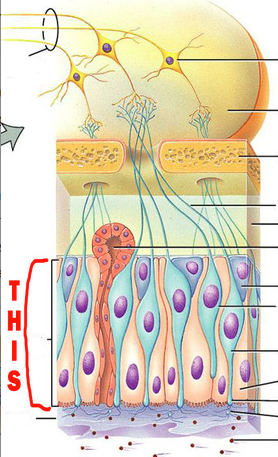
olfactory epithelium
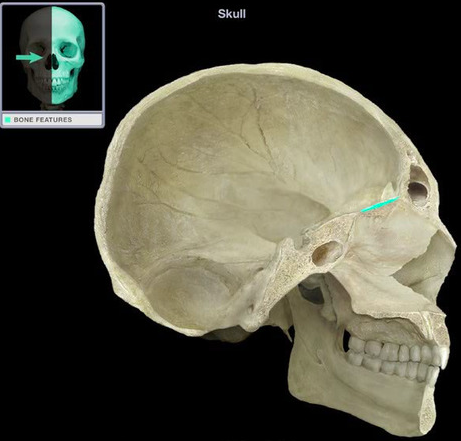
cribriform plate

1
olfactory cilia
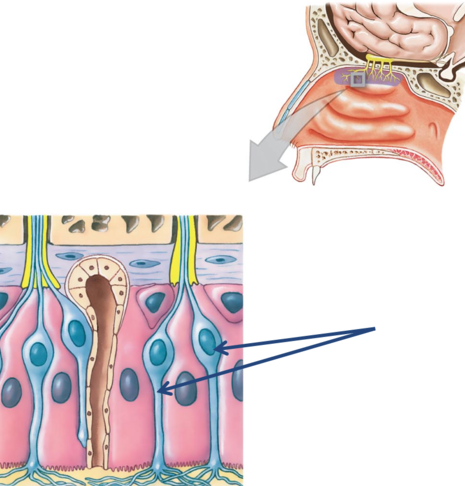
olfactory receptor cell
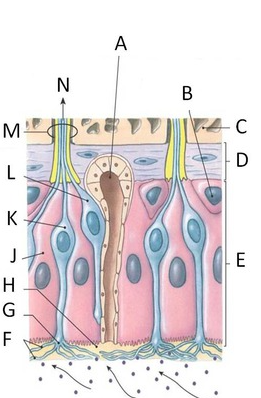
J
supporting cell
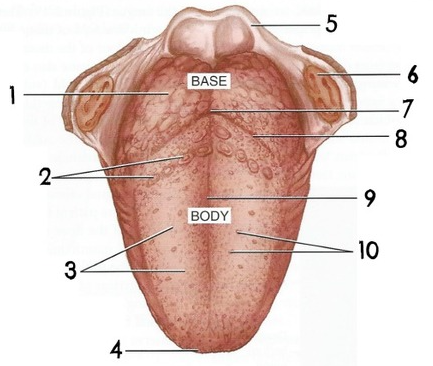
2
Circumvallate papillae
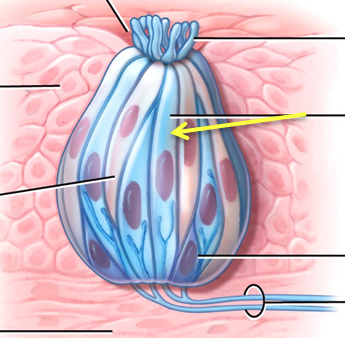
gustatory cell
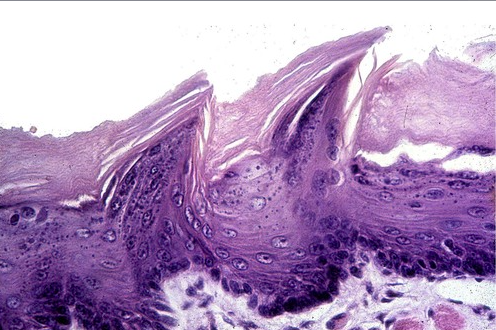
filiform papillae
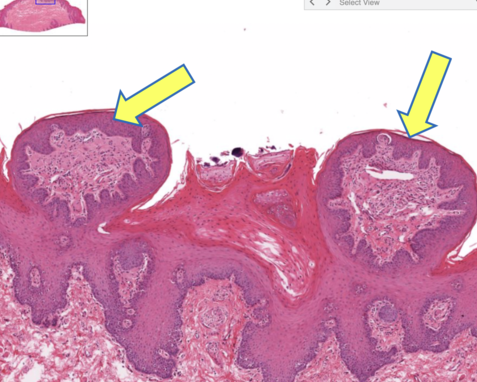
fungiform papillae
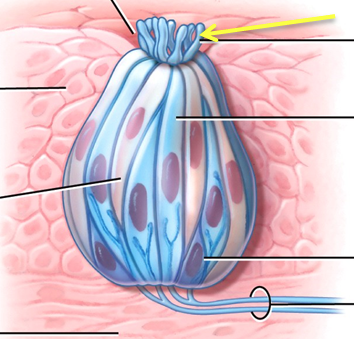
taste hairs
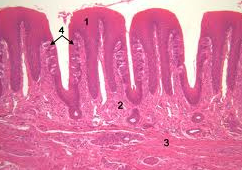
4
taste buds
anterior 2/3 of tongue transmit information to medulla oblongata
Facial nerve
posterior 1/3 and pharynx transmits information to medulla oblongata
glossopharyngeal nerve
epiglottis, transmits information to medulla oblongata
vagus nerve